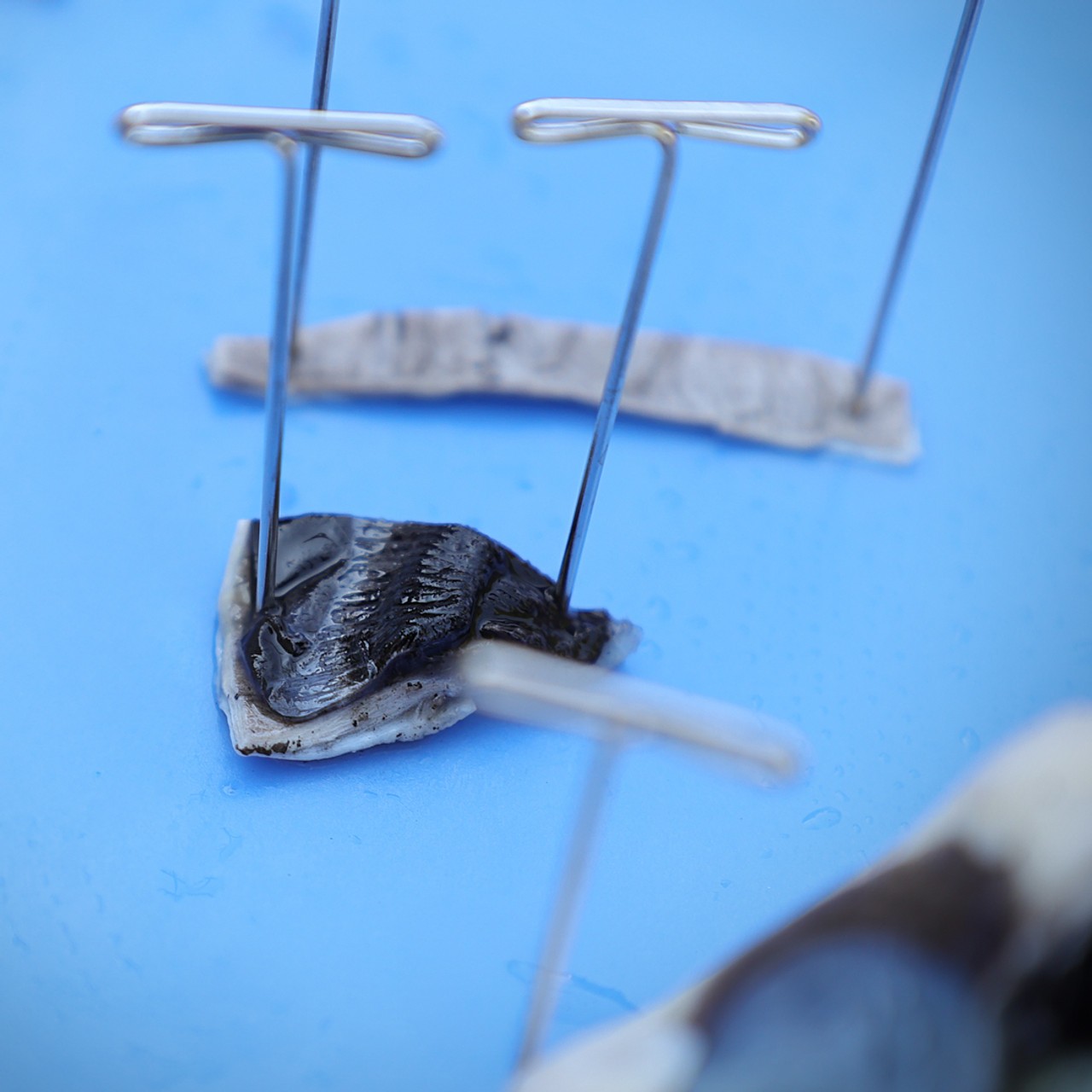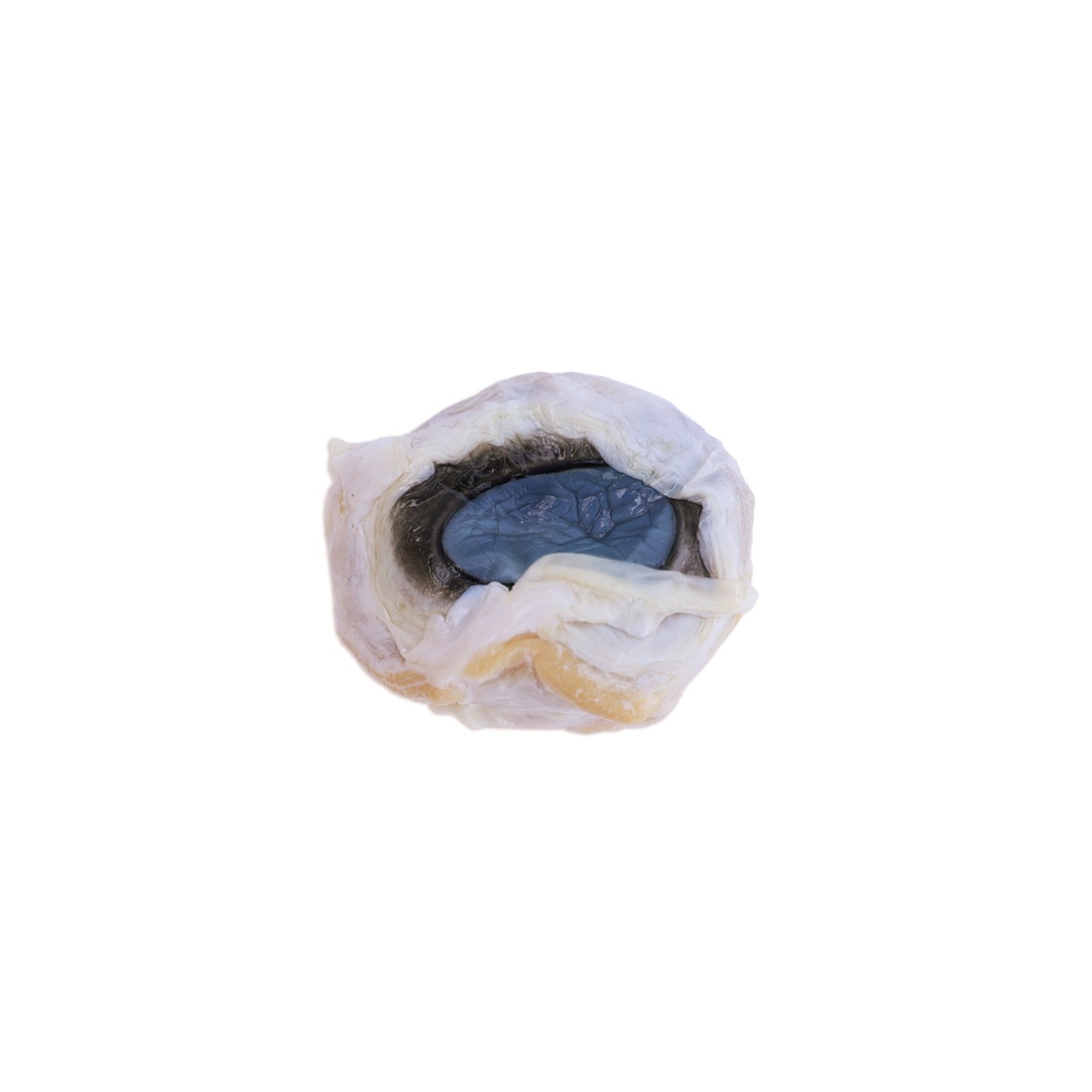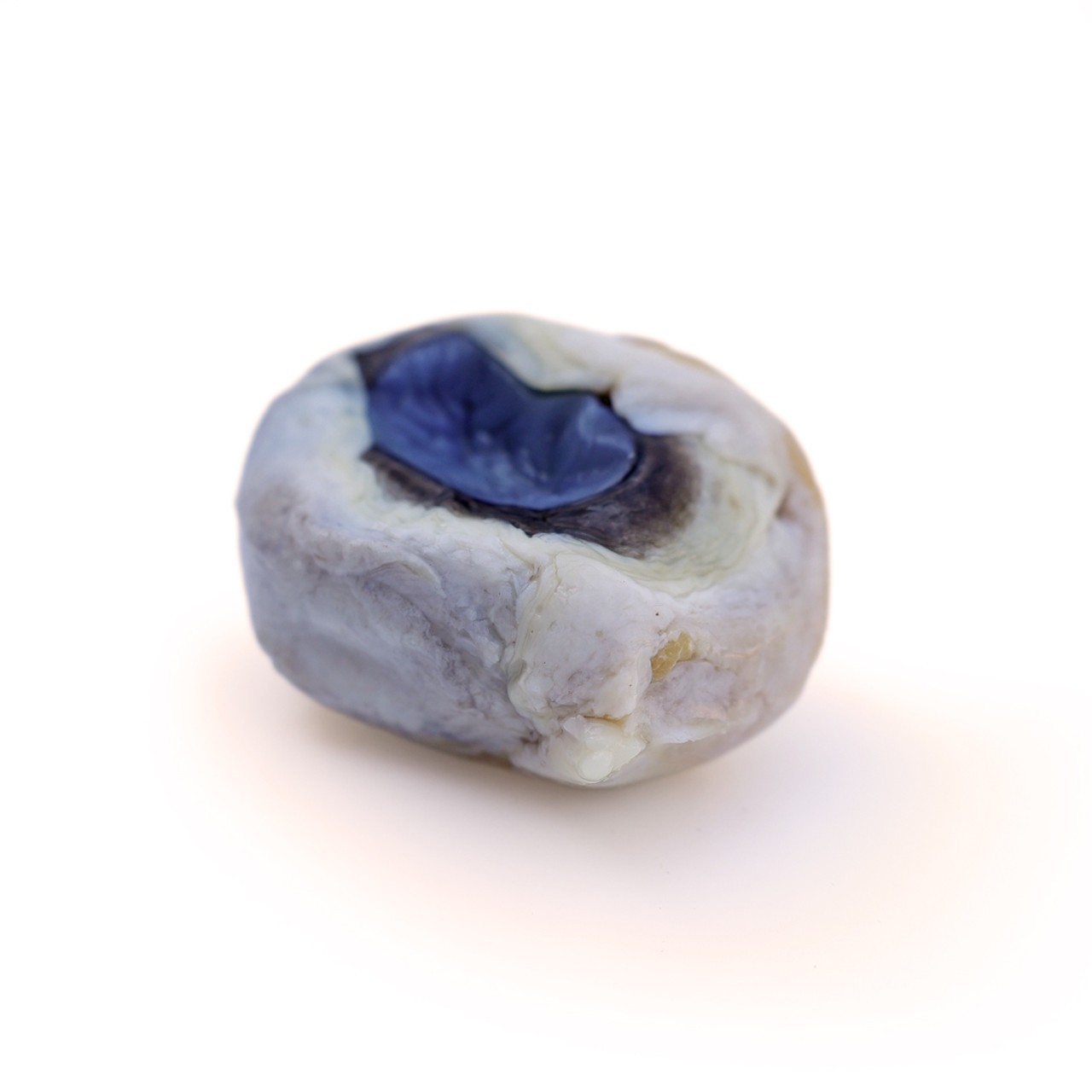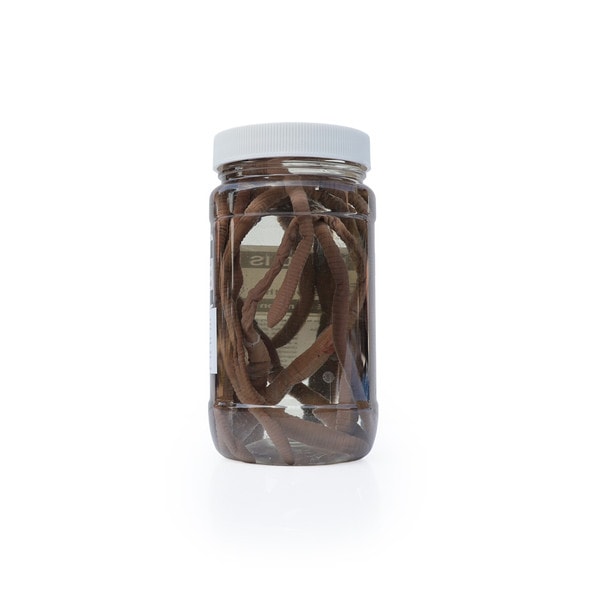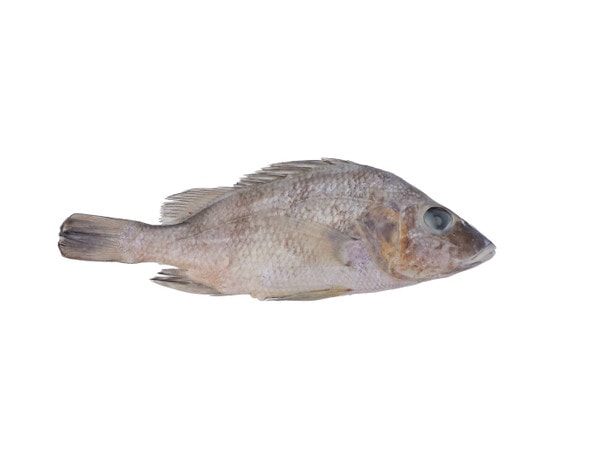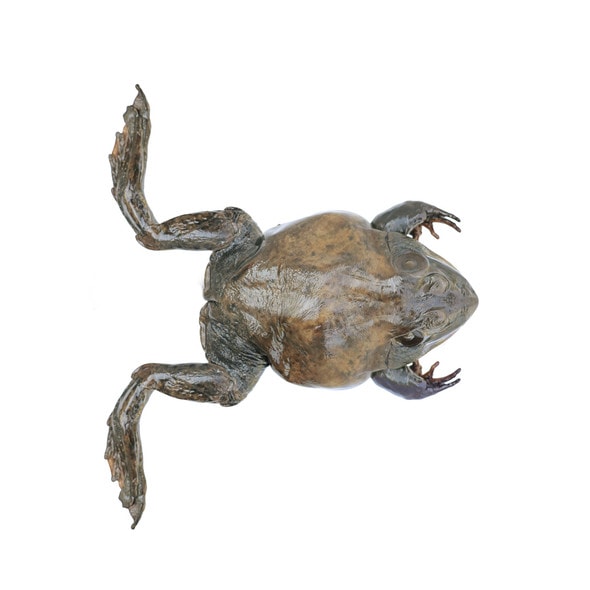- Home
- Specimens
- Organ Dissection Specimens
- Anatomy Lab Preserved Cow Eye Dissection Specimen, Vacuum Packed
Description
Enhance Your Anatomy Lessons with a Real Cow Eye Specimen
The Anatomy Lab Cow Eye Specimen offers an authentic look at ocular anatomy, providing students and educators with a hands-on learning experience. Each vacuum-packed specimen is preserved to maintain structure and detail, making it an excellent tool for dissecting and studying the eye’s components. Perfect for biology classes and advanced anatomy lessons, this specimen brings textbook concepts to life. Order now to take your anatomy studies to the next level.
Perfect for Anatomy Education and Training
This cow eye specimen is ideal for teaching the fundamentals of ocular anatomy, including the cornea, lens, retina, and optic nerve. Teachers can use it for classroom dissections, while students gain a clear understanding of eye structure and function through tactile learning. Its realistic presentation makes it suitable for advanced labs, homeschool science classes, or medical preparation courses.
Why This Specimen is a Must-Have for Your Lab
- Provides real-world anatomy experience for students of all levels.
- Perfectly preserved for accurate structural study of the eye.
- Ideal for biology classrooms, homeschoolers, and anatomy educators.
- Allows exploration of key eye components including lens and retina.
- Cost-effective and convenient for one-time or recurring lessons.
Key Features of the Cow Eye Specimen
- Vacuum-packed for safe storage and freshness.
- Real cow eye offering unmatched anatomical detail.
- Easy-to-handle size for classroom or lab dissections.
- Ideal for hands-on learning and teaching visual system anatomy.
Technical Specifications of the Product
- Product dimensions: Approx. 1.5 - 2 inches diameter
- Product weight: Approximately 0.1 lbs per specimen
- Included with purchase:
- 1 x Vacuum-packed cow eye specimen
- 1 x Product care and handling guide
Shipping Notice
Anatomy Warehouse recommends that you keep your specimen wet with holding fluid every time you use the specimen. A pail or jar for your specimen will ensure the longevity and usability of your specimen.
Some specimens may have a lead time of 4 - 6 weeks before your item is ready to ship. Please send us a message via Live Chat or give us a call at 800-422-1134 for more information.
Warning:
This product can expose you to chemicals including formaldehyde, which is known to the State of California to cause cancer, and methanol, which is known to the State of California to cause birth defects or other reproductive harm. For more information go to www.P65Warnings.ca.gov.




